2019生物AP考试大纲解读,新大纲带来了哪些变化?
2019年AP考试大纲带来了全新的改革,与之前相比,无论是体例还是内容都有较大变化,在这其中,又以生物大纲的变化最为突出。下面A+国际教育小编就带大家解读2019生物AP考试大纲改革带来的变化,希望正在备考AP考试的同学们尽早做好准备。
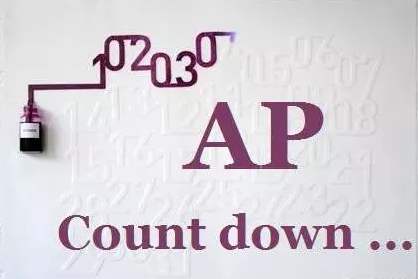
2019AP考试大纲
1.考试形式的变化
本次大纲最显著的变化就是调整了考试形式。
首先,删除了计算填空(再也不用填诡异的答题卡啦)但是对计算的考察并入到了选择题里。(不要高兴的太早)
其次,选择题数量减少,从69题减少到60题,但时间不变,仍为90分钟。(这下拉扯出一点空间了)
第三,大题数量从2长6短减少为2长4短,但时间不变,仍为90分钟。(你就说但是吧)但是……每道题目变长不少。
2.课纲形式的变化
新大纲相较于之前CB发布的所有课纲来说是前所未有的详细。
在介绍课程体系和知识点内容方面的详细程度堪比A-level和IB,这说明CB对于课程的syllabus的关注度有所增加,对课堂内容的品控更加细化。
在新大纲里,教什么、考什么、学生需要做什么,在各个章节里的具体内容里已经清楚标明。
不像以前的课纲那样仅是笼统描述,而是有了每个章节的课程设计和时长建议,老师就必须在规定时间内完成规定动作,这样可以保证学生学完知识而且能够参加考试。(未来可期)
3.大题考察方式的变化
在新大纲中,首次明确了6道大题的每一个小题的要求。这也意味着题目要考察什么、会从什么角度考察已经变成了确定的方向。
Free-response question 1:
Interpreting and Evaluating Experimental Results is an 8 to 10-point question that presents students with an authentic scenario accompanied by data in a table and/or graph.This question assesses student ability to do the following in four question parts:
§Part A(1 to 2 points):
Describe and explain biological concepts,processes,or models.
§Part B(3 to 4 points):
Identify experimental design procedures.
§Part C(1 to 3 points):
Analyze data.
§Part D(2 to 4 points):
Make and justify predictions.
第一道大题是一个真实的科研场景,含有数据表和/或数据图。
第一小题设问生物概念、过程、模型的描述;
第二小题设问实验设计;
第三小题设问数据分析;第四小问设问预测与验证。
Free-response 2:
Interpreting and Evaluating Experimental Results with Graphing is an 8 to 10-point question that presents students with an authentic scenario accompanied by data in a table.This question assesses students’ability to do the following in four question parts:
§Part A(1 to 2 points):
Describe and explain biological concepts,processes,or models.
§Part B(4 points):
Construct a graph,plot or chart and use confdence intervals or error bars.
§Part C(1 to 3 points):
Analyze data.
§Part D(1 to 3 points):
Make and justify predictions.
第二大题是一个真实的科研场景,含有数据表。
第一小题设问生物概念、过程、模型的描述;
第二小题设问图表绘制;
第三小题设问数据分析;
第四小题设问预测与验证。
Free-response question 3:
Scientifc Investigation is a 4-point question that presents students with a description of a lab investigation scenario.This question assesses students’ability to do the following in four question parts:
§Part A(1 point):
Describe biological concepts or processes.
§Part B(1 point):
Identify experimental procedures.
§Part C(1 point):
Predict results.
§Part D(1 point):
Justify predictions.
第三大题是一个实验室探究场景。
第一小题设问生物概念或过程的描述;
第二小题设问实验步骤;
第三小题设问结果预测;
第四小题设问预测验证。
Free-response question 4:
Conceptual Analysis is a 4-point question that presents students with an authentic scenario describing a biological phenomenon with a disruption.This question assesses students’ability to do the following in four question parts:
§Part A(1 point):
Describe biological concepts or processes.
§Part B(1 point):
Explain biological concepts or processes.
§Part C(1 point):
Predict the causes or effects of a change in a biological system.
§Part D(1 point):
Justify predictions.
第四大题是一个生物学现象受到扰动的场景。
第一小题设问生物概念或过程的描述;
第二小题设问生物概念或过程的解释;
第三小题设问生物系统扰动的原因或结果的预测;
第四小题设问预测的验证。
Free-response question 5:
Analyze Model or Visual Representation is a 4-point question that presents students with a description of an authentic scenario accompanied by a visual model or representation.This question assesses students’ability to do the following in four question parts:
§Part A(1 point):
Describe characteristics of a biological concept,process,or model represented visually.
§Part B(1 point):
Explain relationships between different characteristics of a biological concept or process represented visually.
§Part C(1 point):
Represent relationships within a biological model.
§Part D(1 point):
Explain how a biological concept or process represented visually relates to a larger biological principle,concept,process,or theory.
第五大题是一个可视化模型。
第一小题设问生物概念、过程、模型的描述;
第二小题设问生物概念或过程的关系解释;
第三小题设问关系的呈现;
第四小题设问小概念与大原理的关系解释。
Free-response question 6:
Analyze Data is a 4-point question that presents students with data in a graph,table,or other visual representation.This question assesses students’ability to do the following in four question parts:
§Part A(1 point):
Describe data.
§Part B(1 point):
Describe data.
§Part C(1 point):
Use data to evaluate a hypothesis or prediction.
§Part D(1 point):
Explain how experimental results relate to biological principles,concepts,processes,or theories.
第六大题是一个数据图表或其他可视化呈现的内容。
第一小题和第二小题设问数据描述;
第三小题设问假说验证;
第四小题设问实验结果与生物原理、概念、过程、理论的联系。
4.对学生要求的变化
新大纲更加强调分析数据和探究实验,无论是选择题还是大题,对记忆性知识的考察都有所减少,而对于科学研究、场景分析、数据图表的考察则有所增加。
其实这也是中国学生对于解释实验现象和逻辑推论往往是比较陌生的。
生物由于其学科特点,更容易以实验和调查来作为载体考查生物学知识,所以同学们平时一定要注意实验知识的积累和科学思维的锻炼,才能保证在大题面前游刃有余。
以上就是A+国际教育小编关于2019年生物AP考试大纲变化的解读,新的AP考试大纲为学生未来学习和考试带来了全新的要求,因此同学们应该严阵以待,做好充足准备来面对新的变化,努力考出自己理想的AP成绩。
 喜欢 [0]
喜欢 [0] 相关推荐
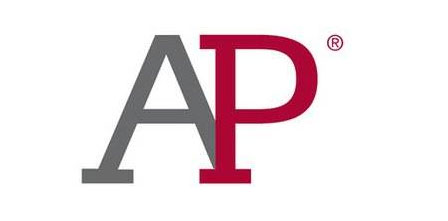
猜你喜欢 More

2019-12-11
想上英国顶尖私校?申请Alevel高中条件你都搞懂
2020-09-21
五个英国gcse主办方,哪个更容易?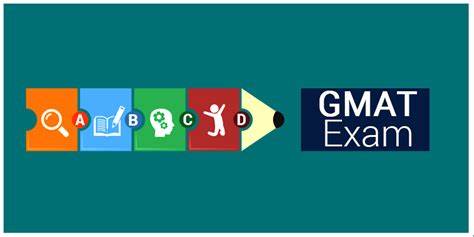
2020-02-18
GMAT考试各项内容详解——GMAT考试科目有哪些?
2020-09-09
gcse英语成绩代替雅思,各大学如何要求?








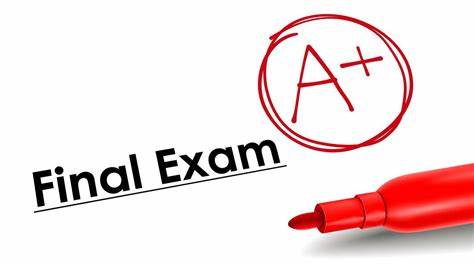

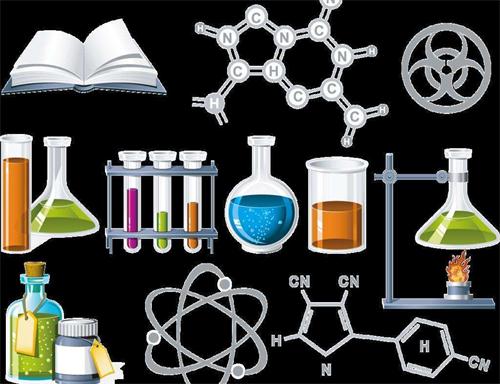


 官方微信
官方微信

 官方微博
官方微博
